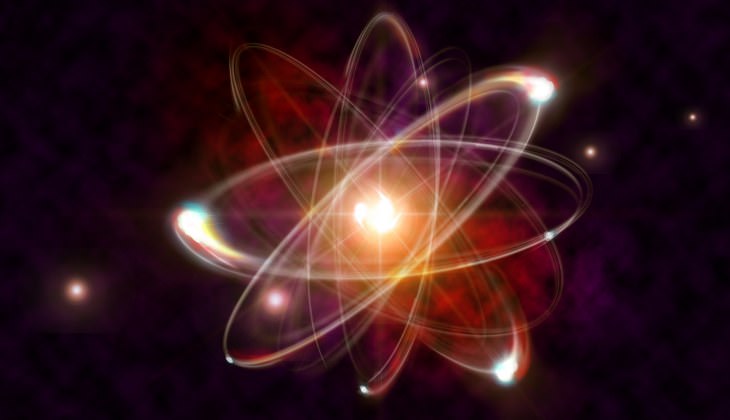

Last April, a team of scientists achieved a major breakthrough in their quest to remove salt from seawater through the use of a graphene-oxide membrane. Currently, this procedure is only being used in the laboratory, but it shows just how soon we could be gathering one of our most scarce resources, clean drinking water, from one of our most abundant, seawater.
2. A 2-year-old's brain damage has been successfully reversed.
US researchers have reported the first-ever reversal of brain damage, which occurred when a two-year-old girl drowned in a pool, and was eventually resuscitated after her heart stopped beating independently for around 2 hours. The toddler suffered from cerebral atrophy and deep gray matter injury due to the lack of oxygen in her brain.
As a result, she was left unable to walk, speak, or respond to voices, and all she could do was shake her head and uncontrollably squirm around. Incredibly, a team from the University of North Dakota and LSU Health New Orleans managed to significantly reverse the brain damage by means of a course of oxygen treatments, one of which was hyperbaric oxygen therapy (HBOT). You can learn more about this story here.

Nuclear fusion could be the best solution for our planet to produce a practically unlimited supply of energy with very few byproducts apart from saltwater. Much to the frustration of scientists though, they have always found it very challenging to invent a machine that could reliably withstand such an enormous chemical reaction. However, all of that appears to be changing, since towards the end of 2015, a gigantic nuclear fusion reactor was switched on in Germany, which has since been successfully able to contain a fiery blob of hydrogen plasma.
Germany isn't alone either, as China and South Korea have both gotten similar results from their own fusion machines. A groundbreaking type of reactor has also been activated in the UK, which is remarkably able to sustainably generate plasma within its core. Due to all of these spectacular advances, MIT scientists predict that fusion energy will be on the grid by 2030.
4. We are now able to 'listen in' on the Universe.
Many people are aware of 2015's massive gravitational wave breakthrough, but not many know that we've managed to detect at least another two since then. Thanks to a new series of space-based detectors known as LISA, by 2034 we should be able to test a whole plethora of crazy scientific theories, including the hypothesis that our Universe contains multiple dimensions.

Once upon a time, the human race successfully eliminated smallpox. Now, we may soon be eradicating the Guinea Worm parasite, which agonizingly erupts from under people's skin. At the beginning of 2015, only 126 cases were still left on the planet. This is mainly thanks to the development of a cheap and ingenious drinking straw filter which stops waterborne contamination from taking place. Incredibly, as of May in 2017, only 5 cases of the Guinea Worm parasite were globally reported.
6. The cure for polio might follow.
In 1988, the Global Polio Eradication Initiative was launched, which resulted in a 99.9% decrease in the global incidence of polio, mainly due to a momentous vaccination push. In 2016, there were only 19 reported cases of the wild polio virus, with only eight appearing in 2017 so far.
7. We're very close to having medication that can cure autism symptoms.
Recently, a small but extremely promising clinical trial in the US showed how a 100-year-old drug called suramin is able to significantly reduce children's symptoms of autism spectrum disorder (ASD). While there is still a lot of experimenting and research to be carried out, it's the closest humanity has ever been to properly treating symptoms of ASD.
Source
Images: 1, 2, 3
Cover Image